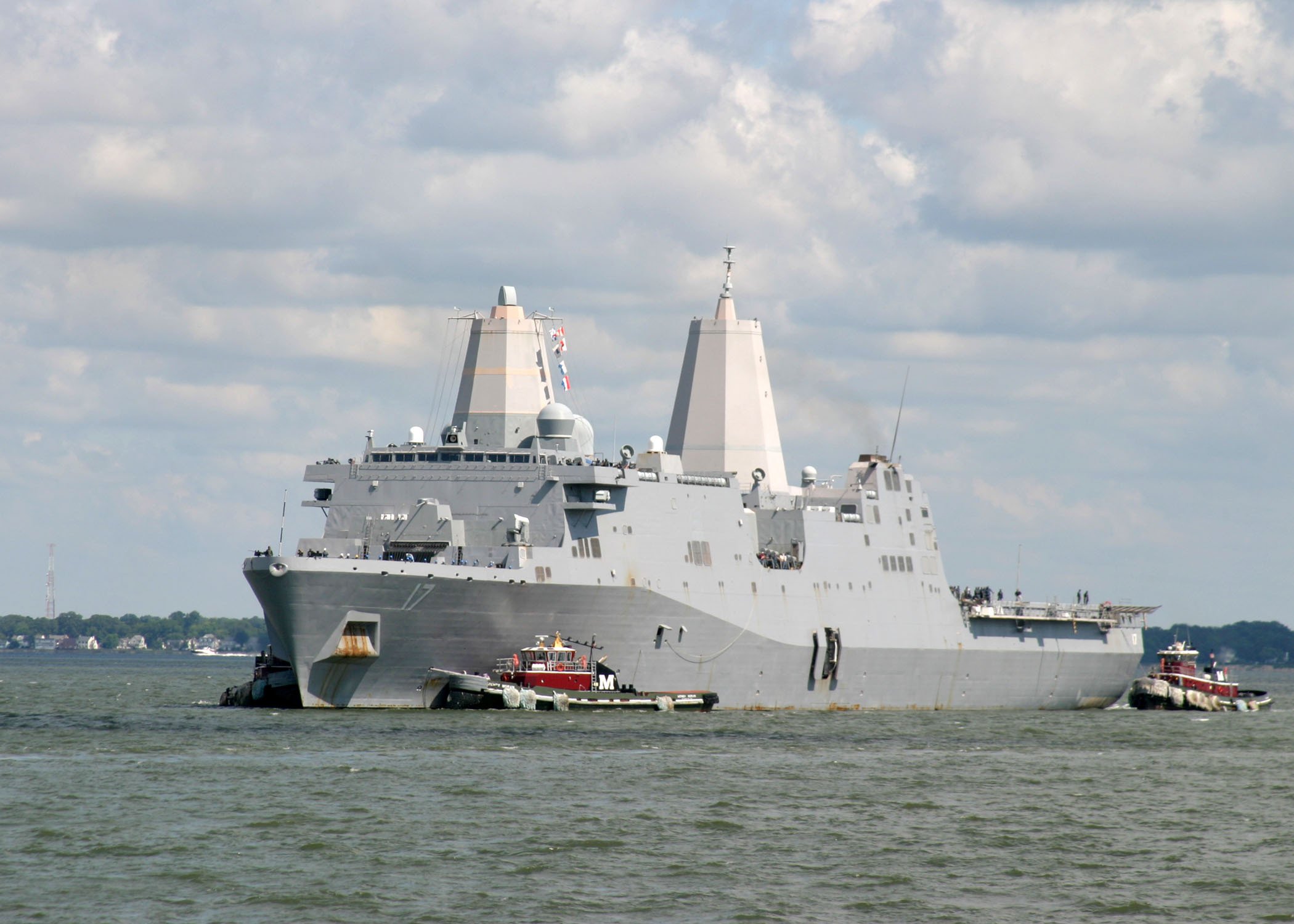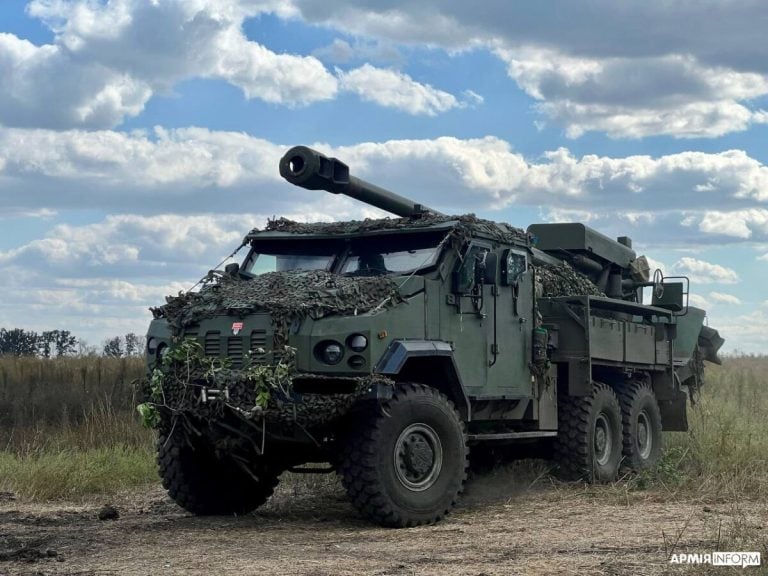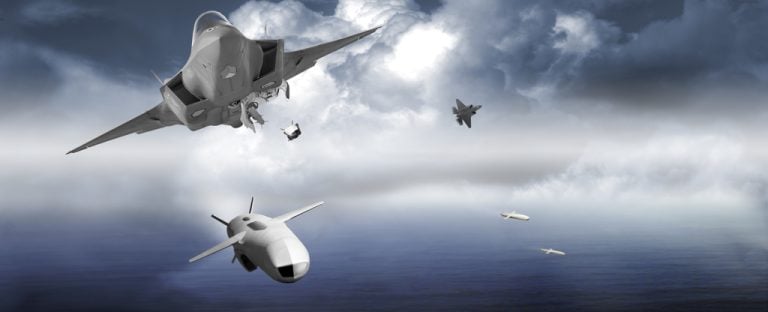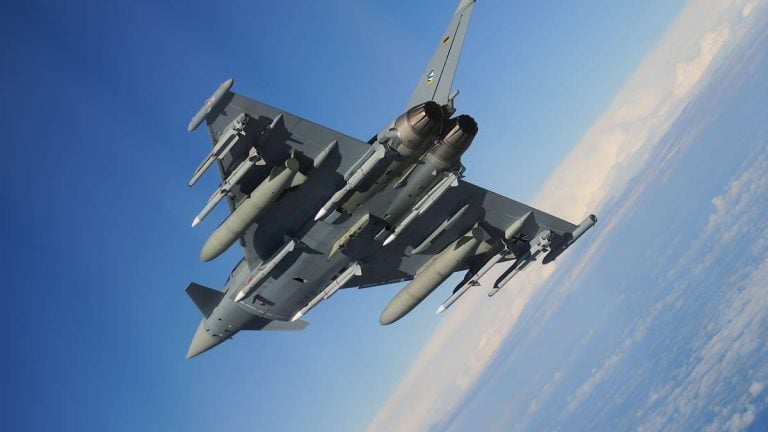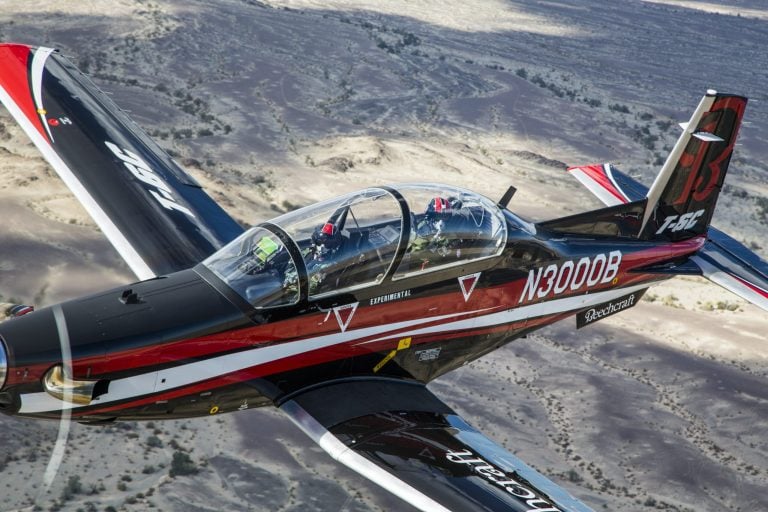HII has officially launched the construction of the 16th vessel in the San Antonio-class amphibious transport dock series at its shipyard in Pascagoula, Mississippi. The ceremony marked a significant milestone, highlighted by the cutting of the first 100 tons (approximately 90,719 kilograms) of steel destined for the hull of the new ship, designated as USS Philadelphia (LPD 32).
This latest addition to the fleet is particularly notable as it represents the third vessel constructed under the Flight II configuration of the San Antonio-class design. This advanced configuration features a series of cost-effective improvements and approximately 200 design upgrades compared to its predecessors. Upon entering service, the USS Philadelphia is poised to operate alongside key assets from the US Navy and Marine Corps, contributing to a range of missions including amphibious assaults, expeditionary operations, crisis response, and humanitarian assistance.
Stephen Janowski, the Amphibious Ship Program Manager at HII Ingalls Shipbuilding, emphasized the importance of quality and craftsmanship in the ship’s construction. He stated, “From the earliest planning stages to the first cut of steel, every step of construction so far has been focused on building a capable ship for our Navy and Marine Corps partners.” Janowski underscored the company’s commitment to continuous improvement as well as the urgency to ensure that USS Philadelphia meets the operational needs of the nation for many years to come.
The construction of the Philadelphia is being conducted concurrently with other Flight II vessels, specifically USS Harrisburg (LPD 30) and USS Pittsburgh (LPD 31). In a strategic move to bolster the amphibious fleet, HII is anticipated to begin the fabrication of three additional Flight II hulls between 2025 and 2027. HII remains the exclusive manufacturer for the entire San Antonio-class fleet, having already delivered 13 ships to the US military.
The San Antonio-class vessels are designed with robust capabilities for modern naval warfare. Each transport dock is equipped with a variety of armaments, including 30-millimeter close-in guns, heavy machine guns, multi-domain missiles, and electronic warfare systems, complemented by sophisticated search and rescue radar. These 684-foot (208-meter) ships can accommodate up to 600 personnel and are capable of carrying up to four V-22 Osprey tiltrotor aircraft, various land craft units, and several amphibious combat vehicles. Powering the San Antonio-class vessels are four Colt-Pielstick turbocharged diesel engines, which together provide a formidable 41,600 horsepower, enabling them to reach speeds of up to 22 knots (25 miles or 41 kilometers per hour).
As this new chapter in the San Antonio-class reinforces the US Navy’s amphibious capabilities, the construction of the USS Philadelphia stands as a testament to ongoing advancements in naval engineering and the strategic necessity for a versatile maritime force.
